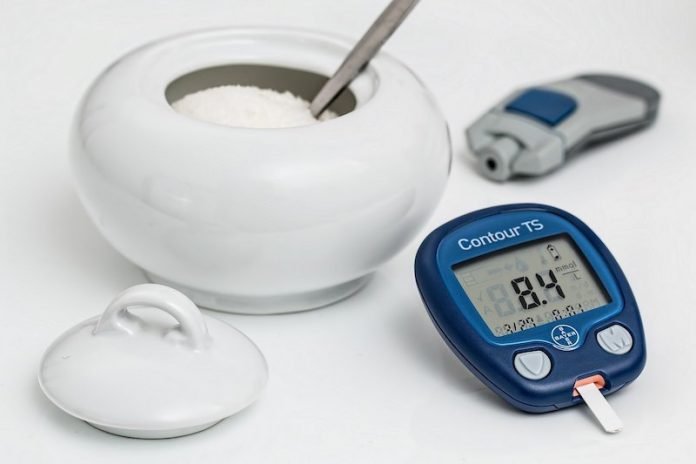
Insomnia is a sleep disorder in which you have trouble falling and/or staying asleep.
The condition can be short-term (acute) or can last a long time (chronic). It may also come and go.
In a recent study at the Karolinska Institutet, researchers found insomnia is a new risk factor linked to increased risk of developing type 2 diabetes.
They found 34 risk factors that are thought to increase (19) or decrease diabetes risk (15), as well as a further 21 ‘suggestive’ risk factors where evidence was not quite as strong.
Insomnia was identified as a novel risk factor, with people with insomnia being 17% more likely to develop type 2 diabetes than those without.
The study is published in Diabetologia. One author is Associate Professor Susanna Larsson.
To identify possible risk factors for type 2 diabetes, the team conducted a review of 1360 meta-analyses and review articles.
They found a total of 97 risk factors that could be tested.
For the study population, they used data from the DIAbetes Genetics Replication And Meta-analysis consortium (74,124 type 2 diabetes cases and 824,006 controls of European ancestry).
The team then checked that these potential causal associations in a separate independent population, using the FinnGen consortium (11,006 type 2 diabetes cases and 82,655 controls of European ancestry).
They found evidence of causal associations between 34 exposures (19 risk factors and 15 protective factors) and type 2 diabetes.
Insomnia was identified as a novel risk factor, with people with insomnia being 17% more likely to develop type 2 diabetes than those without.
The other 18 risk factors for type 2 diabetes were depression, systolic blood pressure, starting smoking, lifetime smoking, coffee (caffeine) consumption, blood plasma levels of the amino acids isoleucine, valine and leucine, liver enzyme alanine aminotransferase (a sign of liver function), childhood and adulthood body mass index (BMI), body fat percentage, visceral (internal) fat mass, resting heart rate, and blood plasma levels of four fatty acids.
The 15 factors linked to a decreased risk of type 2 diabetes were plasma alanine (an amino acid), high-density lipoprotein (good cholesterol) and total cholesterol, age at beginning puberty in women (menarche), testosterone levels, sex hormone-binding globulin levels, birth weight, adulthood height, lean body mass (for women), four plasma fatty acids, circulating vitamin D and years of education.
After adjusting for adulthood BMI, the team found 8 risk factors remained statistically significantly associated with type 2 diabetes risk, suggesting they are independent of body weight.
Insomnia remained as one of these factors, however, the increased risk for those with insomnia compared to those without fell from 17% to 7% after adjustment for BMI, indicating that part of the effect of insomnia on type 2 diabetes risk is mediated by BMI.
Systolic blood pressure, lifetime smoking, and levels of liver enzyme remained as risk factors (positively linked to type 2 diabetes).
Increasing total cholesterol, good cholesterol, testosterone levels, and sex hormone levels remained as protective factors (inversely linked to type 2 diabetes) after adjustment.
Among the further 21 ‘suggestive’ causal factors for type 2 diabetes (where the evidence was weaker than for the other factors above) were alcohol consumption, breakfast skipping, daytime napping, short sleep, urinary sodium (salt) levels, and certain amino acids and inflammatory factors.
Copyright © 2020 Knowridge Science Report. All rights reserved.



